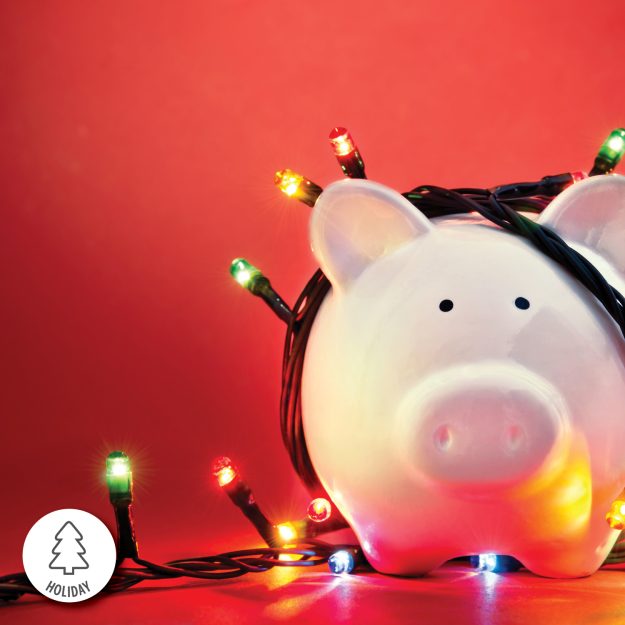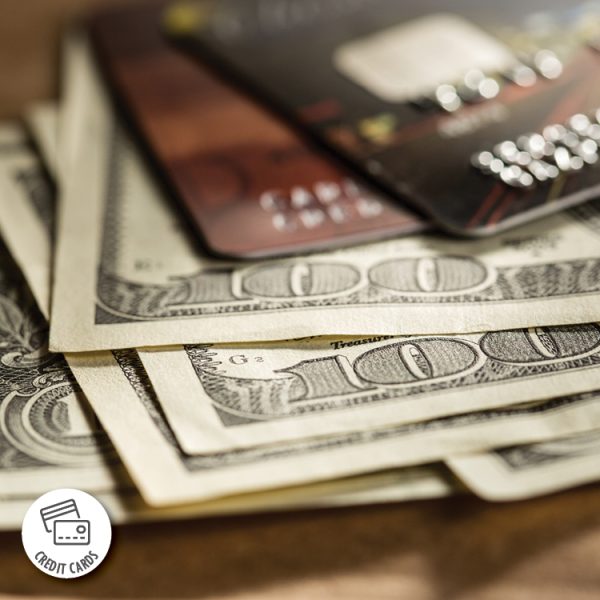The Post-Holiday Budget Recovery Guide
The holidays are in the rearview, but if you’ve gone over budget with your spending, it’s time to deal with the aftermath, which is coming head-on. Here’s how you can get your budget back on track for the new year.
Review your holiday spending
How much debt did this season’s spending set you back? Spend some time crunching the numbers so you have a better idea of what kind of recovery steps you need to take.
Choose your recovery process
If you’ve got multiple credit card balances to pay off, you may want to consolidate your debt by taking out a personal/unsecured loan and then using the funds to pay off your credit card debt. You’ll have just a single, low interest payment to make each month.
Another option is to pay off one credit card bill at a time, maximizing payments on the bill that has the highest balance, or the one with the highest interest rate, until it’s completely paid off. Once you’ve crossed one debt off your list, move on to the next until you’re debt-free.
Trim your budget
It’s time to cut that budget down to size! Consider underused subscriptions you can drop, inflated grocery bills you can trim and auto insurance policies that can be swapped for a cheaper plan. The more you trim, the more money you’ll free up for paying down debt.
Put your holiday resources to work
Along with a pile of debt, the holiday season may have left you with some extra cash through work bonuses, tax returns and gift money. Put these resources to work by using a portion of this money, or even all of it, toward paying down your holiday debt.
Go on a shopping detox
Take a break from the mall this month and resolve to swipe the plastic only for essentials. At the very least, keep impulse purchases to a minimum until your budget recovers.
Make a plan for next year’s holiday season
When you open a holiday club account at High Point Federal Credit Union, you can set up an automatic monthly transfer from your payroll or checking account to feed your holiday savings all year long.
If you blew your budget this holiday season, take steps to help your finances recover. Use the tips outlined here to get started.




















